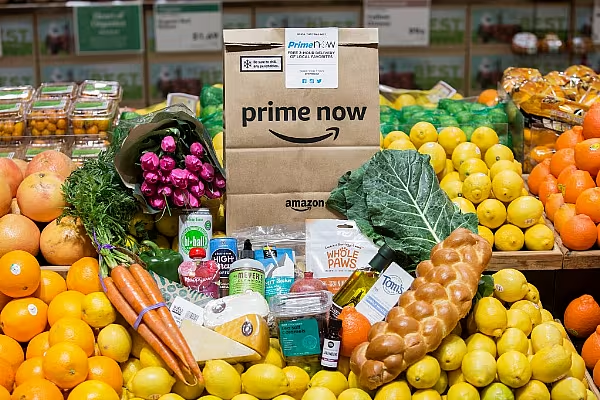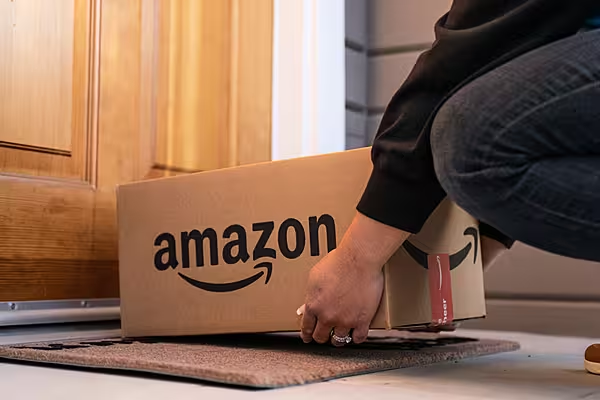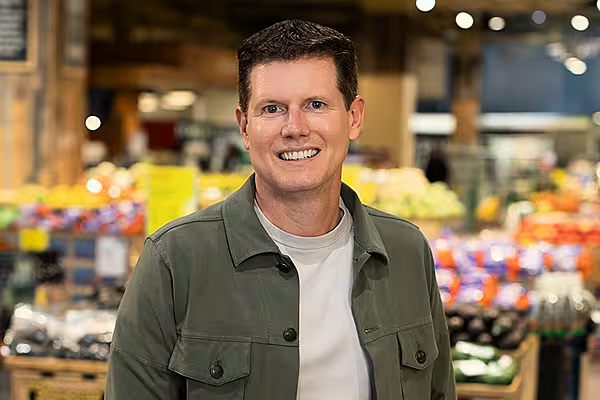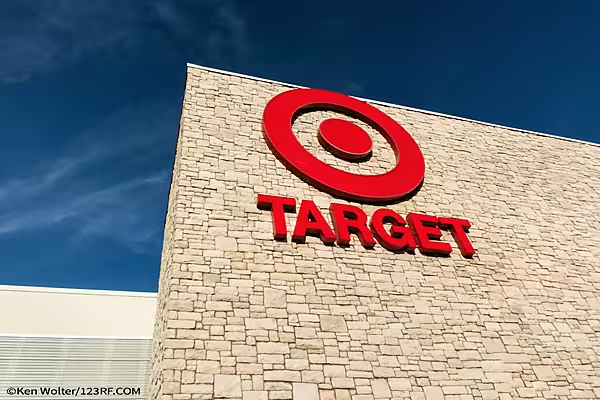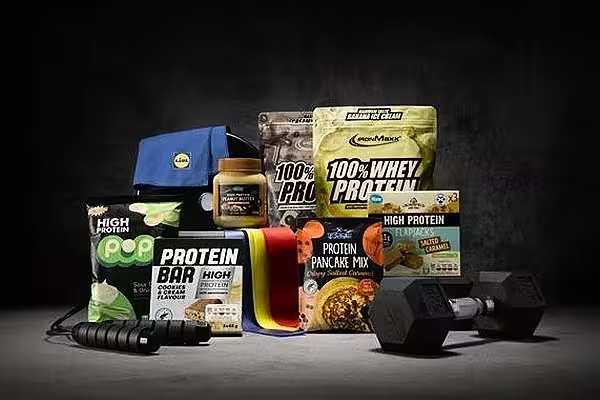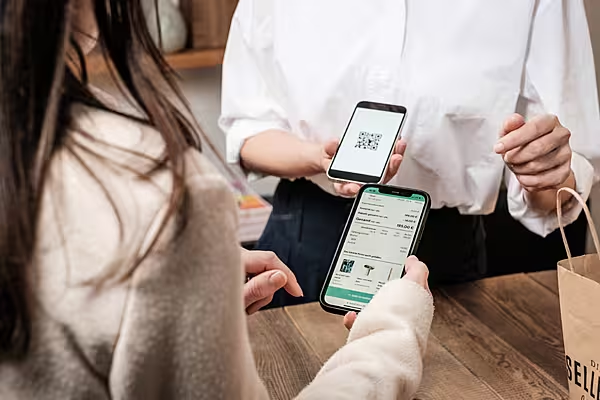The Amazon-fueled grocery price war may have finally arrived.
News that Amazon will start offering two-hour delivery from Whole Foods stores in four US cities has the food world buzzing that competition is about to heat up in an industry that survives on razor-thin margins.
In the six months since Amazon acquired the organic grocer, the e-commerce giant has been mum about its plans for its push into brick-and-mortar food retail.
Now, the grocery world will get a first-hand look at Amazon’s strategy, with two-hour delivery available through its Prime Now service in Dallas and Austin, Texas; Virginia Beach, Virginia; and Cincinnati, Ohio.
Those cities will be the initial battlegrounds, and there are plans to roll out the service nationwide. As Amazon expands two-hour delivery, it could be a turning point for buying food online, according to Jitendra Waral, an analyst at Bloomberg Intelligence.
“One of the biggest things holding back online grocery is the option of free delivery and the speed,” Waral said.
The grocery push, which has fuelled pessimism about traditional competitors like Kroger and Albertsons, is only part of Amazon’s expanding ambitions.
The company has rattled the health-care industry in recent weeks, and weighed on the shares of shippers Friday with plans to start a delivery service rivalling UPS and FedEx.
There are about 60 million households in the US that use Amazon’s Prime service, and only about 22% of those shopped at Whole Foods in December, according to research from Cowen & Co. Prime is available in some 30 major cities and Amazon will start to chip away at the estimated $1.3 trillion grocery market in the US as its delivery capacity grows, Cowen said.
Room to Grow
“There is a lot of runway, and we expect continued Prime penetration with Whole Foods customers,” John Blackledge said in a research note.
Prior to the delivery announcement, Amazon hadn’t said much about its plans for Whole Foods, other than generating headlines with price cuts on a handful of items. Still, after watching the company ravage other corners of the retail landscape, grocers have been investing in technology and making the case they can thrive as more food purchases move online.
Amazon has tried for at least a decade to crack the code on delivering fresh food, with little success. And recent stocking issues at Whole Foods prompted analysts at Barclays to say earlier this week that pressure on competitors in the industry had “abated.”
Now, at least in four cities, pressure will ramp up. Amazon Prime Now currently has about 50 distribution centres it uses to ship orders to its urban customers. If the service rolls out across Whole Foods stores, it will have another 475 locations to use for shipping orders, according to research from William Kirk, an analyst at RBC Capital Markets.
While Kirk expects increased competition, he said that Amazon needs to sort out execution issues at Whole Foods.
“Without sharper pricing and fewer mistakes we consider incremental competition for brick-and-mortars to be minimal,” he said.
News by Bloomberg, edited by ESM. Click subscribe to sign up to ESM: The European Supermarket Magazine.
